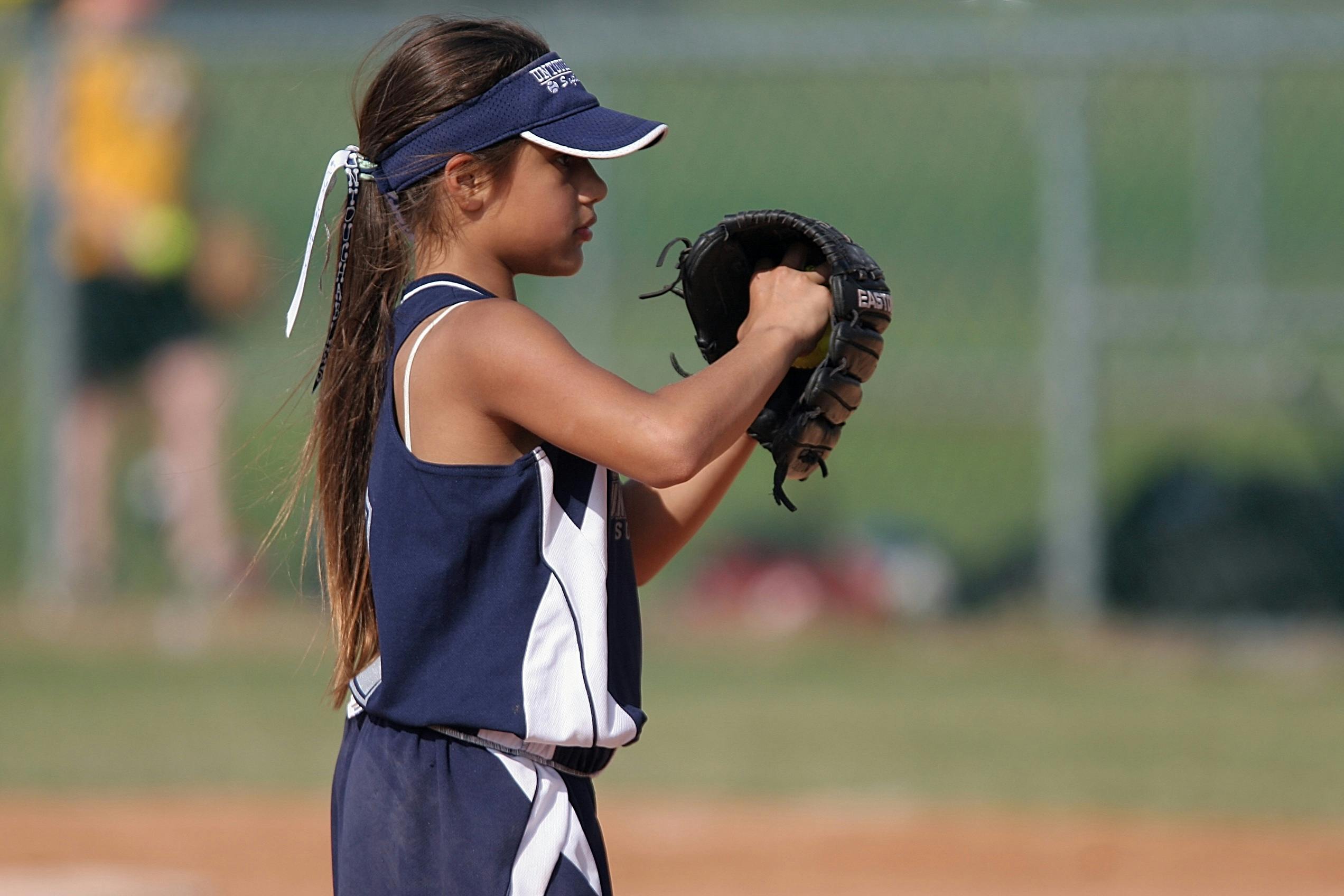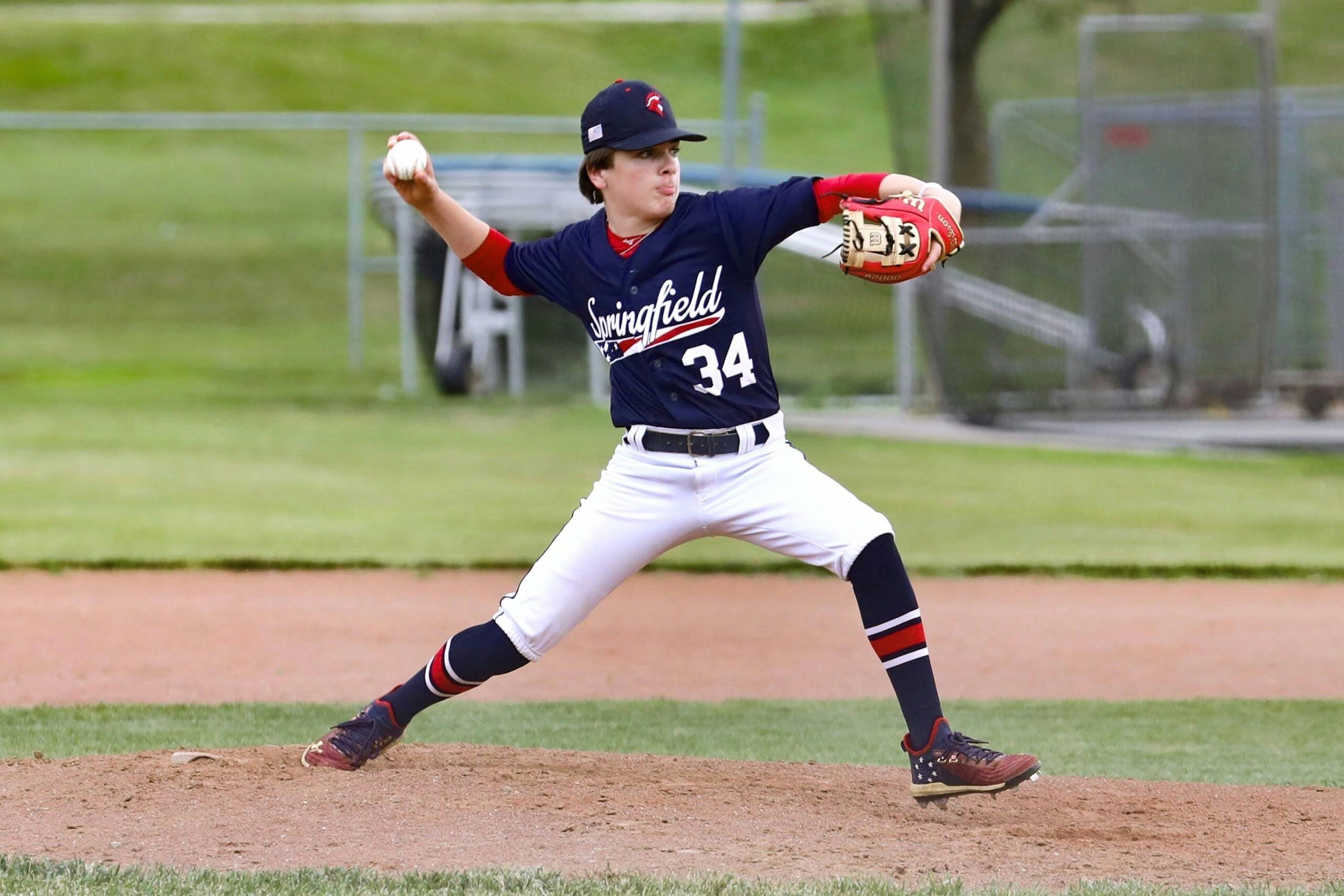Written by: Dr. Kimbrel
Arm and elbow injuries are common among adolescent overhead baseball players and athletes due to the repetitive stress placed on these joints during throwing motions.
Luckily though, preventive measures can help ensure the longterm health and performance of these individuals. In this article, we’ll explore six current strategies that can prevent such injuries—with a focus on how sport specialization plays a role.
1. Address Poor Form & Biomechanics
Recent studies have emphasized the importance of proper biomechanics in preventing arm and elbow injuries in overhead athletes. Research by Fleisig et al. (2020) showed that excessive shoulder abduction and elbow extension during the cocking phase of throwing increases the risk of injury. What’s the solution? Coaches and trainers should implement targeted drills and exercises to correct faulty mechanics in an athlete’s throwing.
2. Invest in Strength & Conditioning
Strength and conditioning programs tailored to the specific needs of overhead athletes have shown promise in injury prevention. A study by Conte et al. (2021) highlighted the effectiveness of incorporating shoulder and elbow strengthening exercises, along with core stability and lower body strength training, in reducing injury rates among adolescent baseball players.

3. Follow Pitch Count & Rest Guidelines
Limiting pitch counts and ensuring adequate rest between throwing sessions are essential for injury prevention. Current guidelines recommend adherence to pitch count limits and implementing rest periods based on age and level of play, according to Lyman et al. (2018). Coaches, parents, and players should be educated on the importance of following these guidelines to minimize the risk of overuse injuries.
4. Do Proper Warm-ups & Recovery
Comprehensive warm-up routines and post-activity recovery strategies can help prevent injury as well. Activities like dynamic stretching, foam rolling, and mobility exercises help prepare muscles and joints for the demands of throwing. Meanwhile post-activity stretching and icing can facilitate recovery and reduce inflammation (Olsen et al., 2018).
5. Use Caution with Sport Specialization
Sport specialization, the year-round focus on a single sport to the exclusion of others, has become increasingly common among adolescent athletes. However, research suggests that early specialization may contribute to a higher risk of overuse injuries, including those affecting the arm and elbow (LaPrade et al., 2020). Encouraging athletes to participate in multiple sports can promote overall athleticism and reduce the repetitive stress placed on specific joints.
6. Boost Education & Awareness
Educating athletes, coaches, and parents about the signs and symptoms of arm and elbow injuries is crucial for early detection and intervention. Encouraging open communication and regular monitoring of players’ physical condition can help identify potential issues before they escalate into serious injuries (Fleisig & Andrews, 2016).
Preparing for Longterm Performance
Preventing athletic arm and elbow injuries requires a multifaceted approach that addresses biomechanics, strength and conditioning, pitch count management, warm-up and recovery protocols, and education. By implementing evidence-based strategies outlined here and in current literature, coaches, trainers, and healthcare professionals can promote the long-term health and performance of young athletes in overhead sports while considering the impact of sport specialization on injury risk.
References:
Fleisig, G. S., & Andrews, J. R. (2016). Prevention of Elbow Injuries in Youth Baseball Pitchers. Sports Health, 8(5), 419–424.
Fleisig, G. S., et al. (2020). Biomechanical Analysis of the Arm and Elbow in Youth Baseball Pitchers. American Journal of Sports Medicine, 48(10), 2495–2500.
Conte, S., et al. (2021). Strength and Conditioning Programs for Injury Prevention in Adolescent Baseball Pitchers: A Systematic Review. Sports Health, 13(2), 211–216.
Lyman, S., et al. (2018). Effect of Pitch Type, Pitch Count, and Pitching Mechanics on Risk of Elbow and Shoulder Pain in Youth Baseball Pitchers. American Journal of Sports Medicine, 46(3), 692–700.
Olsen, S. J., et al. (2018). Shoulder and Elbow Injuries in the Adolescent Throwing Athlete. Sports Health, 10(3), 211–219.
LaPrade, R. F., et al. (2020). The Effects of Sport Specialization on Lower Extremity Injury Rates in High School Athletes. American Journal of Sports Medicine, 48(11), 2719–2728.

